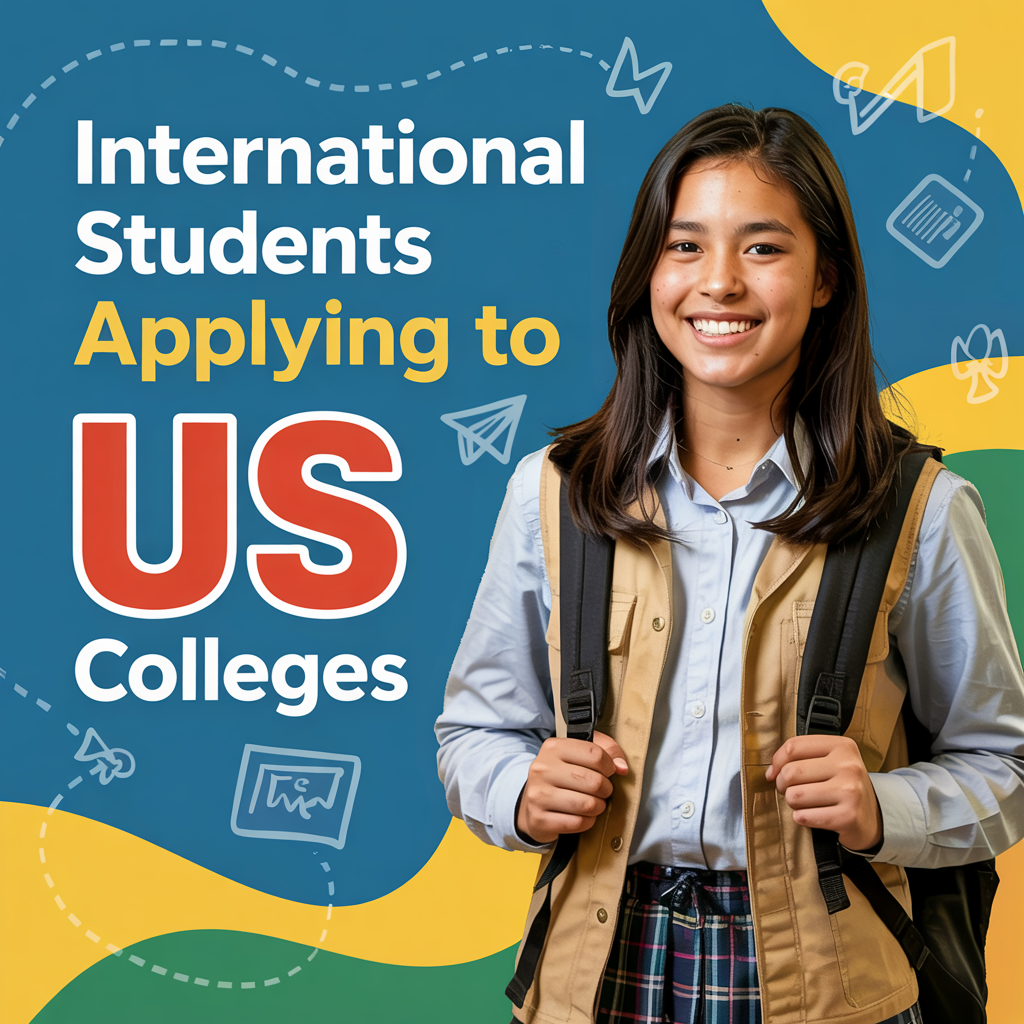International Students Applying to US Colleges: Key Differences & Essential Tips

Applying to US colleges is exciting! But it can be different for international students. You may face unique requirements. This guide breaks down the key differences. We’ll cover credential evaluation, English tests, and more. Learn to navigate the international student US college application process with confidence.

Credential Evaluation: Making Your Grades Understandable
US colleges need to understand your grades. Grading systems vary by country. Credential evaluation services translate your transcript.
- What is it? A report that converts your grades to the US system. It verifies your education.
- How to do it? Use a recognized evaluation service. Common options include World Education Services (WES) and Educational Credential Evaluators (ECE).
- When to do it? Start early! The process can take several weeks.
Check each college’s requirements. Some may prefer certain evaluation services.
English Proficiency Tests: TOEFL, IELTS, and Alternatives
Most US colleges require proof of English proficiency. TOEFL and IELTS are common tests.
- TOEFL: Test of English as a Foreign Language. Focuses on academic English.
- IELTS: International English Language Testing System. Assesses English skills in a variety of contexts.
- Alternatives: Some colleges accept Duolingo English Test or PTE Academic.
Check the college’s TOEFL requirements or IELTS requirements. Prepare for the test. Practice your reading, writing, listening, and speaking skills.
Demonstrating Financial Resources
US colleges want to know you can afford tuition. You will need to show proof of funds. However, reducing this financial burden is possible. Explore potential scholarships at Cirkledin Scholarships to help offset costs.
- Bank Statements: Provide official bank statements showing sufficient funds.
- Sponsorship Letters: If someone is sponsoring you, provide a letter.
- Financial Aid Documents: If you’re applying for aid, include those documents.
Be prepared to show proof of funds. This is important for your visa application.
Navigating the Visa Process: F-1 Student Visa
International students need a visa to study in the US. The F-1 student visa is the most common.
- Acceptance Letter: You must be accepted to a SEVP-approved school.
- I-20 Form: The college will issue you an I-20 form. This is needed for the visa application.
- Visa Interview: You will need to attend a visa interview at a US embassy or consulate.
Apply for your visa early. The process can take time. Be prepared for the visa interview.
Finding Financial Aid for International Students
Financial aid for international students can be limited. But there are options.
- Merit-Based Scholarships: These are based on academic achievement.
- Need-Based Aid: Some colleges offer need-based aid to international students. Check each college’s policy.
- External Scholarships: Search for scholarships from organizations in your home country.
Research scholarships and grants. Start your search early. Competition can be high.
Cultural Differences: Preparing for US College Life
US college life may be different from what you’re used to. Be prepared for cultural differences.
- Classroom Culture: US classrooms are often interactive. Students are encouraged to participate.
- Social Life: US college social life can be diverse. Join clubs and activities to meet people.
- Independence: US colleges expect students to be independent.
Be open to new experiences. Embrace the opportunity to learn about a new culture.
Applying to US colleges as an international student takes work. Follow these tips to prepare. Research your options. With planning, you can achieve your dream. Good luck!
Need more tips on college applications, scholarships, or just how to survive this whole process? Cirkled In has your back—check out Cirkled In resources to help you through every step of your college journey!
Check out Cirkled In and start owning your future today!



0 Comments